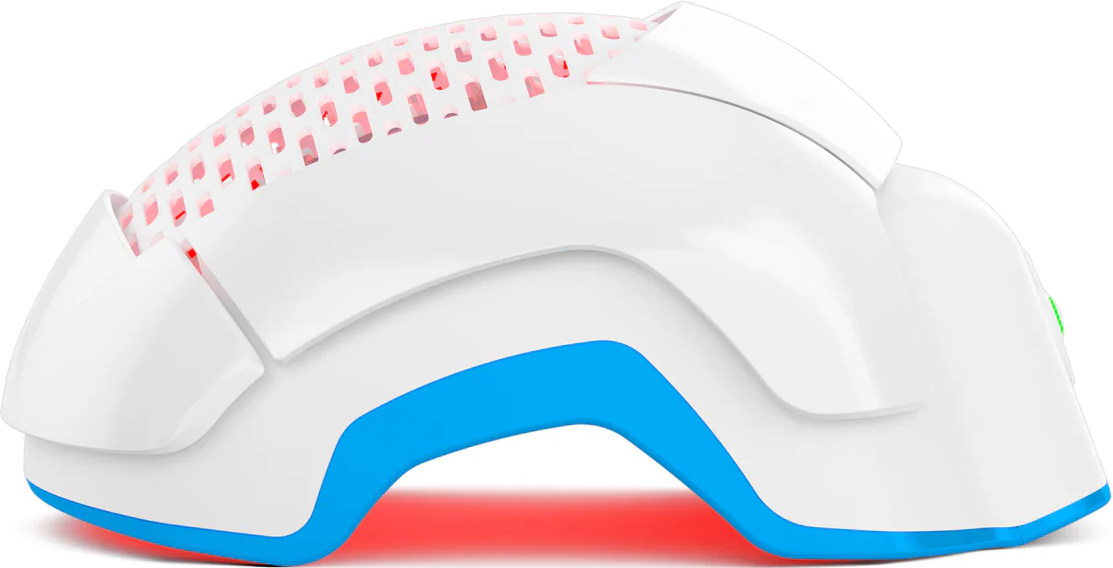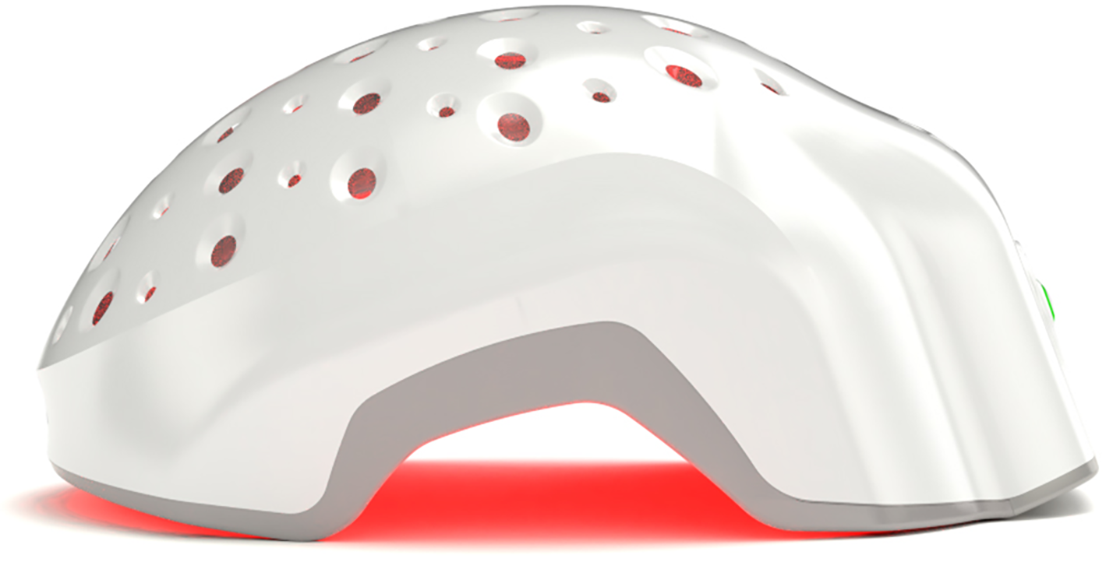Hair falling out in the shower? Brushing through what seems like a forest of stray strands?
Before you panic and start researching wigs, let’s clear something up. There’s a world of difference between hair shedding and hair loss, even though they can feel like one in the same when your bathroom floor starts looking like a shag carpet.
Hair shedding is your body’s natural way of saying, “Hey, I’m just tidying up a bit,” and we all lose about 50-100 strands a day—no need to fret. But hair loss is a different story, one that might involve a bit more than just a quick brush-up. Hair loss means your hair follicles are closing up shop, and unless they get the right attention, they might not reopen for business.
If you’ve ever wondered if you’re dealing with hair shedding vs hair loss, it’s time to stop guessing. Knowing the difference could be the key to keeping your locks luscious and strong.
Let’s break it down so you know exactly what’s happening on top of your head—and more importantly, what you can do about it.
What Exactly is Hair Shedding?
Hair shedding is your body’s natural way of maintaining balance, part of the ongoing natural hair growth cycle that keeps your scalp from looking like an overgrown jungle. On average, we lose about 50-100 hairs a day—yes, even on a good hair day! This natural process is called hair shedding, and while it might feel like your brush is auditioning for a starring role in a hair commercial, it’s perfectly normal.
Read More: Is your hair fall normal or excessive?
However, excessive hair shedding can happen when life throws some stress your way, after pregnancy, or even during seasonal changes. When stress hits, your body tends to “shed the stress” (quite literally), leading to noticeable increases in shedding. Hair shedding due to stress, also known as telogen effluvium, can usually be reversed once things settle down.
What Exactly is Hair Loss?
Hair loss is when the hair stops growing from the follicle—permanently. Unlike regular shedding, where a new hair grows in place, hair loss often involves follicles that wave goodbye and never look back. Whether due to genetics, hormonal imbalances, or certain medical conditions, this is the type of hair thinning that occurs slowly over time, like a movie that reveals its plot twist gradually.
You might notice your scalp getting more face time in the mirror or thinning in patches. Think of it this way: losing a few hair strands in the shower is normal, but if your comb is catching more hair than usual or you’re starting to spot a shiny scalp, that’s when hair loss becomes a concern. And, yes, there's a difference between occasional shedding and true hair loss.
How to Identify the Differences Between Hair Shedding and Hair Loss?
Understanding the difference between hair shedding and hair loss is crucial to pinpointing the issue at hand.
Let's break it down:
Hair Shedding vs Hair Loss
Hair Shedding: Usually noticeable across your scalp in a diffuse pattern. You’ll see strands on your pillow, in the shower, or on your brush. Shedding tends to occur evenly throughout the scalp and lasts for a short period, typically weeks or months.
Hair Loss: This often happens gradually and tends to be more concentrated in specific areas like the crown or hairline. Over time, these areas can thin out significantly and may become permanent without intervention.
Timeframes and Triggers
Temporary Shedding: Hair shedding is often temporary and can be triggered by factors such as stress, hormonal changes, or diet. It usually resolves itself within months once the underlying cause is addressed.
Progressive Hair Loss: Hair loss, on the other hand, is a more gradual process and, without treatment, can result in permanent thinning or bald spots. This is typically linked to genetic conditions like androgenetic alopecia or hormonal imbalances.
Common Causes of Hair Shedding and Hair Loss
When it comes to differentiating hair shedding and hair loss, there’s a distinct difference between them—though both can leave you questioning what’s going on up top.
Hair Shedding
Temporary hair shedding often results from lifestyle changes or temporary bodily conditions. Telogen Effluvium for example, is a top culprit—when you’ve had a tough stressing week, your hair takes notes and shows it through shedding. Postpartum changes, seasonal shifts, and even nutritional imbalances like a lack of iron or vitamin D can lead to shedding, too. But the good news is, this kind of shedding usually doesn’t last, and your hair will rebound once these triggers are under control.
Hair Loss
On the flip side, hair loss often points to more permanent causes. Conditions like androgenetic alopecia (male or female pattern baldness), hormonal imbalances (thyroid issues), and autoimmune diseases (such as alopecia areata) can all lead to actual hair loss. Unlike shedding, hair loss involves the hair follicles slowing down or stopping production altogether—meaning your hair won’t grow back unless you seek treatment.
So, whether it’s a temporary phase or a more serious issue, it’s worth paying attention. Your hair has a way of telling you what's up—it’s just not shy about showing it!
Can Hair Shedding Turn Into Hair Loss?
Yes, excessive hair shedding can sometimes shift from being a temporary inconvenience to something more permanent. While normal shedding is part of the hair growth cycle, prolonged and excessive hair shedding might signal the transition to hair thinning or loss. The difference lies in the root causes: hair shedding typically results from temporary triggers like stress, hormonal fluctuations, or seasonal changes, whereas hair loss often stems from more persistent issues like hormonal imbalances, heredity, or medical conditions.
Hair thinning, unfortunately, doesn’t improve over time—it’s a natural part of aging. Factors like stress, medications, and environmental influences can accelerate hair thinning. If those underlying causes aren’t addressed, excessive shedding may evolve into noticeable hair loss. Adopting healthy hair care practices early on can help slow down the process, but it’s important to understand that some level of hair thinning is inevitable for many people as they age.
To prevent excessive shedding from becoming a long-term issue, here are some steps you can take:
1. Maintain a Balanced Diet: Nutrients like biotin, vitamin D, and iron support healthy hair growth from within.
2. Take Care of Your Scalp: Healthy hair starts with a healthy scalp. Regular scalp massages and gentle exfoliation stimulate blood flow, which nourishes hair follicles.
3. Seek Professional Treatments: If you notice prolonged shedding, consult a professional to diagnose potential underlying conditions before hair thinning or loss becomes permanent.
How to Treat Excessive Hair Shedding and Hair Loss?
Use Gentle Hair Care Products
Switch to mild, sulfate-free shampoos and conditioners that protect your scalp and hair. Avoid harsh ingredients that can further damage fragile hair.
Eat a Balanced Diet
Make sure your meals include protein, vitamins (like Biotin), and minerals such as iron and zinc. Proper nutrition supports healthy hair growth and reduces shedding.
Try Scalp Massages
Regular scalp massages improve blood circulation, delivering nutrients to your hair follicles. Use oils like coconut or castor oil for added nourishment.
Also Read: How to Massage Your Scalp for Hair Growth?
Avoid Heat and Chemical Styling
Minimize the use of hot tools, dyes, and chemical treatments. These can weaken your hair, leading to more breakage and loss.
Consider Hair Growth Treatments
Explore options like laser therapy, PRP (Platelet-Rich Plasma), or FDA-approved treatments like minoxidil to promote regrowth and strengthen your hair.
Manage Stress
High stress can trigger hair loss. To keep stress under control, practice relaxation techniques like yoga, meditation, or deep breathing.
Consult a Specialist
If shedding persists, visit a dermatologist or trichologist. They can identify the underlying cause and recommend effective treatments tailored to you.
Conclusion
Understanding the difference between hair shedding and hair loss is essential for maintaining healthy hair. While shedding is a natural part of the hair growth cycle and can be triggered by factors like stress or hormonal changes, hair loss is more gradual and permanent, often linked to genetic or medical conditions. Recognizing the root causes of your hair changes—whether temporary shedding or progressive hair loss—is crucial in addressing them properly. Taking proactive steps such as maintaining a balanced diet, caring for your scalp, and seeking professional advice can help manage both issues effectively and promote long-term hair health. Even after following these tips, your hair loss still continues; try Theradome, a wearable hair growth helmet. Theradome uses laser phototherapy to wake up sleeping hair follicles and make them grow again.






















